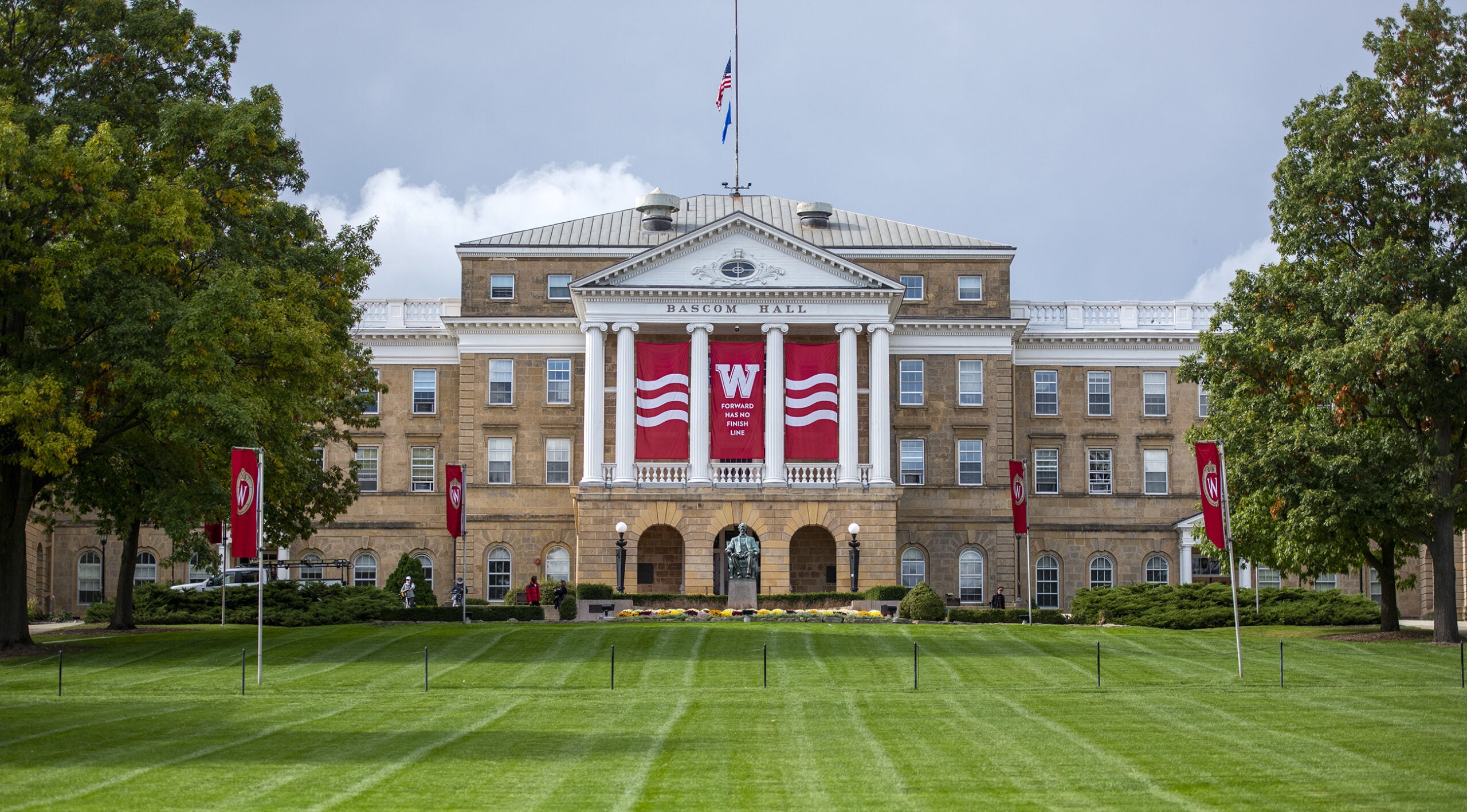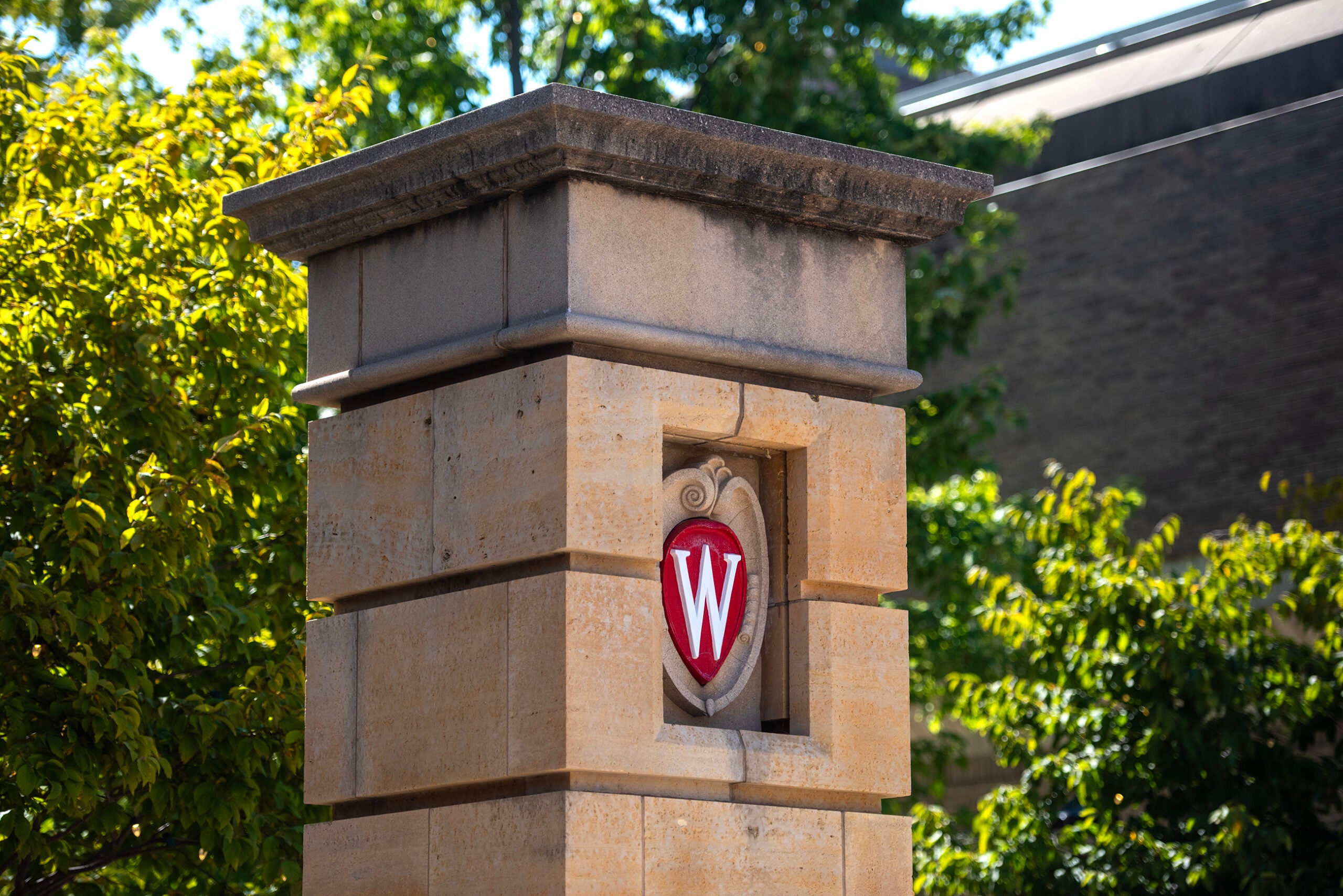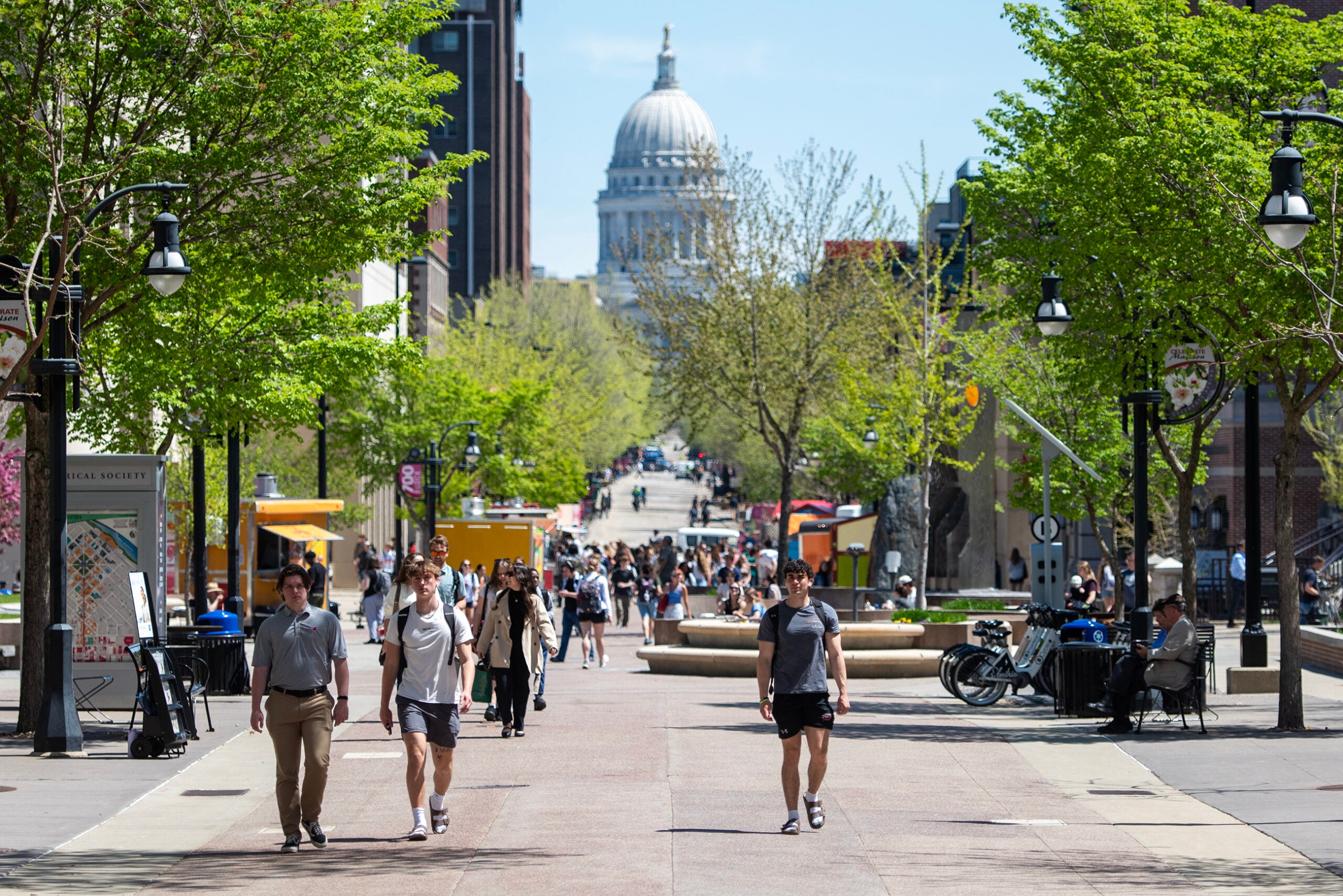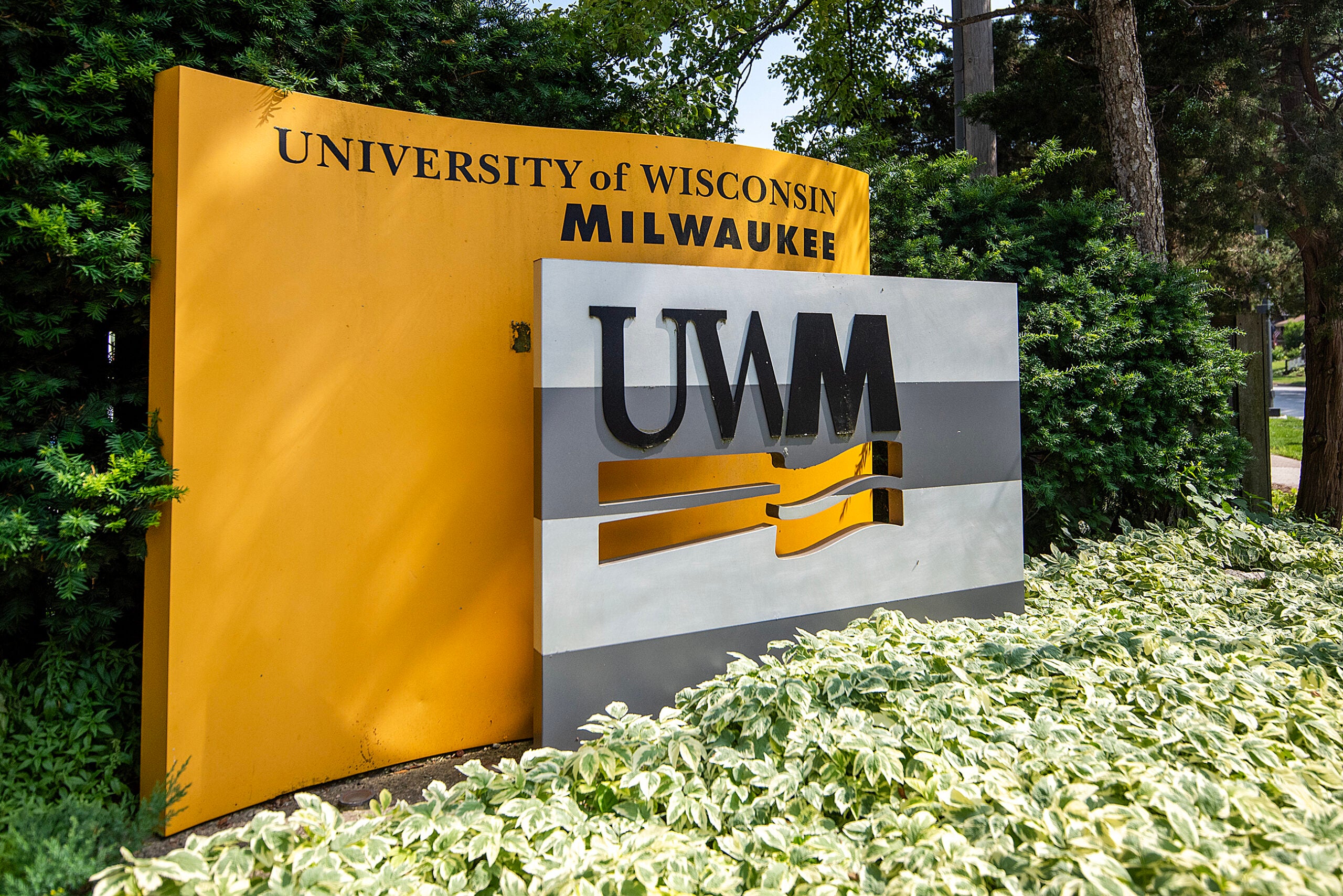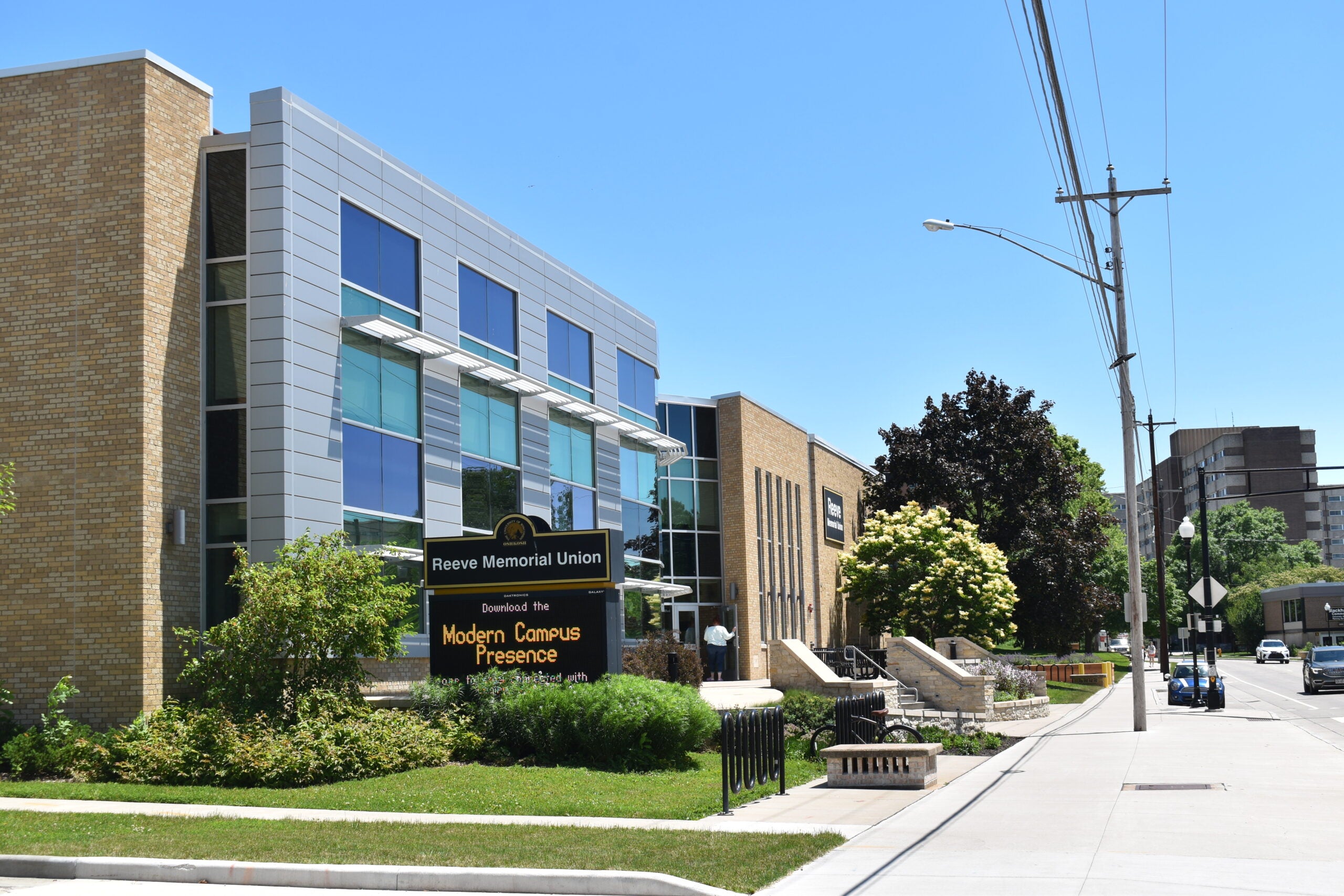When Nabila Maow arrived at the University of Wisconsin-Madison in 2022, she moved into Witte Residence Hall and decided to live on the Essence floor, with other students of color.
Maow, a first-generation college student attending UW-Madison on full scholarship, felt safe on the floor.
But that quickly changed.
News with a little more humanity
WPR’s “Wisconsin Today” newsletter keeps you connected to the state you love without feeling overwhelmed. No paywall. No agenda. No corporate filter.
At night, people would bang on the doors, yelling racial slurs. A photo of a stuffed monkey with a noose tied around its neck was posted on the Class of 2026 Snapchat page.
Maow and her floormates saw the photo while they were together.
“It was very scary, very disheartening,” Maow said. “There’s a lot of little instances at UW-Madison, that Black students have gone through, and other students of color have suffered through. Our voices and our concerns, even though we try to make them known and make them reached, nothing really happened with it.”
Black student enrollment at the state’s flagship university has never surpassed 3 percent of the student body, according to data from the Universities of Wisconsin.
In 2023, 1,327 students out of 50,335 identified as Black, about 2.6 percent.
This year, the percentage of underrepresented students of color in the freshman class dropped by 3.7 percentage points from last year to 14.3 percent, according to UW-Madison data.
This is the first class since the U.S. Supreme Court banned race-based admission.
In a statement, UW-Madison Chancellor Jennifer Mnookin said the decline is disappointing, but her commitment to students of color and their communities “remains steadfast.”
The school declined to comment further. UW System President Jay Rothman was also not made available for comment.
Supreme Court ruling one factor in demographic changes
Richard Kahlenberg, director of the American Identity Project at the Washington, D.C.-based Progressive Policy Institute, said the decline in Black and Hispanic enrollment at universities is more complicated than the Supreme Court.
The court ruled in June 2023 that race-based admissions policies at Harvard College and the University of North Carolina violate the Equal Protection Clause of the Constitution and Title VI of the Civil Rights Act of 1964.
This decision meant colleges and universities are no longer allowed to consider race when making admissions decisions.
UW–Madison had previously considered race as one of many factors in a holistic admissions process that focused first and foremost on a candidate’s academic strength.
Kahlenberg was an expert witness on behalf of the group that challenged race-based affirmative action policies at Harvard and UNC.
He said while some institutions have seen large declines in Black and Hispanic representation, Duke, Princeton and Yale have not seen any decline.
“The key point here is universities can provide a leg up to economically disadvantaged students of all races,” Kahlenberg said. “But it’s really a matter of scale. You know, how aggressively are they going out and recruiting and pursuing and admitting economically disadvantaged students?”
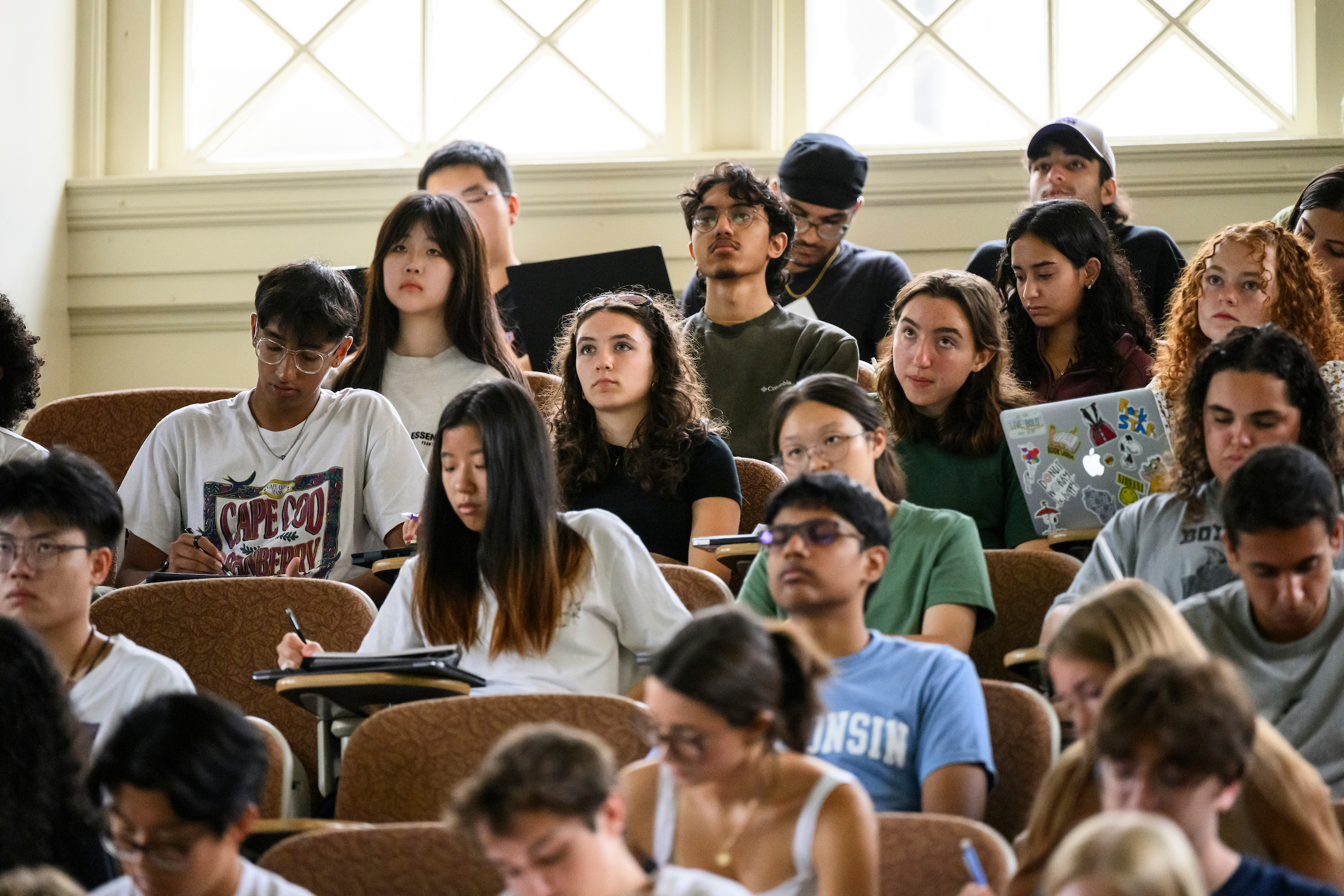
About 1,200 UW-Madison freshmen and transfer students this year are covered by one of three programs offered to cover costs for students from low-income families, according to the school.
Kahlenberg also pointed to the disastrous rollout of the federal financial aid form called the FAFSA, which he said had a disproportionate impact on Black and Hispanic students.
He said it is bad for the country when racial diversity levels reach such low levels.
“Students learn from one another, and people with different racial backgrounds bring different life experiences to the discussions,” Kahlenberg said. “And it’s bad for our society because, like it or not, selective colleges like UW-Madison disproportionately provide the leadership class in a country, and we want that leadership class to be racially integrated.”
Black experience at UW-Madison unchanged over decades
A report released last month from the Ad Hoc Study Group on the Black Community Experience found that despite numerous initiatives and decades of advocacy and progress, the Black experience at the university has not changed.
Mnookin convened the group in reaction to student protests in Spring 2023 and a racist video posted online by a student. She encouraged the committee to address the root causes of the issues at hand so sustainable change can be made, according to the report.
Angela Byars-Winston, co-chair of the study group and a professor of internal medicine, said there is a lot of work to still be done.
“We don’t have a large denominator to start with and so once those numbers start to slip, it certainly might suggest to would-be students and students who are here who identify as Black or African American, that the campus is not invested in their presence,” Byars-Winston said. “You have to do something intentional to change it.”
Byars-Winston said without the affirmative actions that were started in the 1970s in place, the status quo remains.
“This just reveals that reality,” she said.
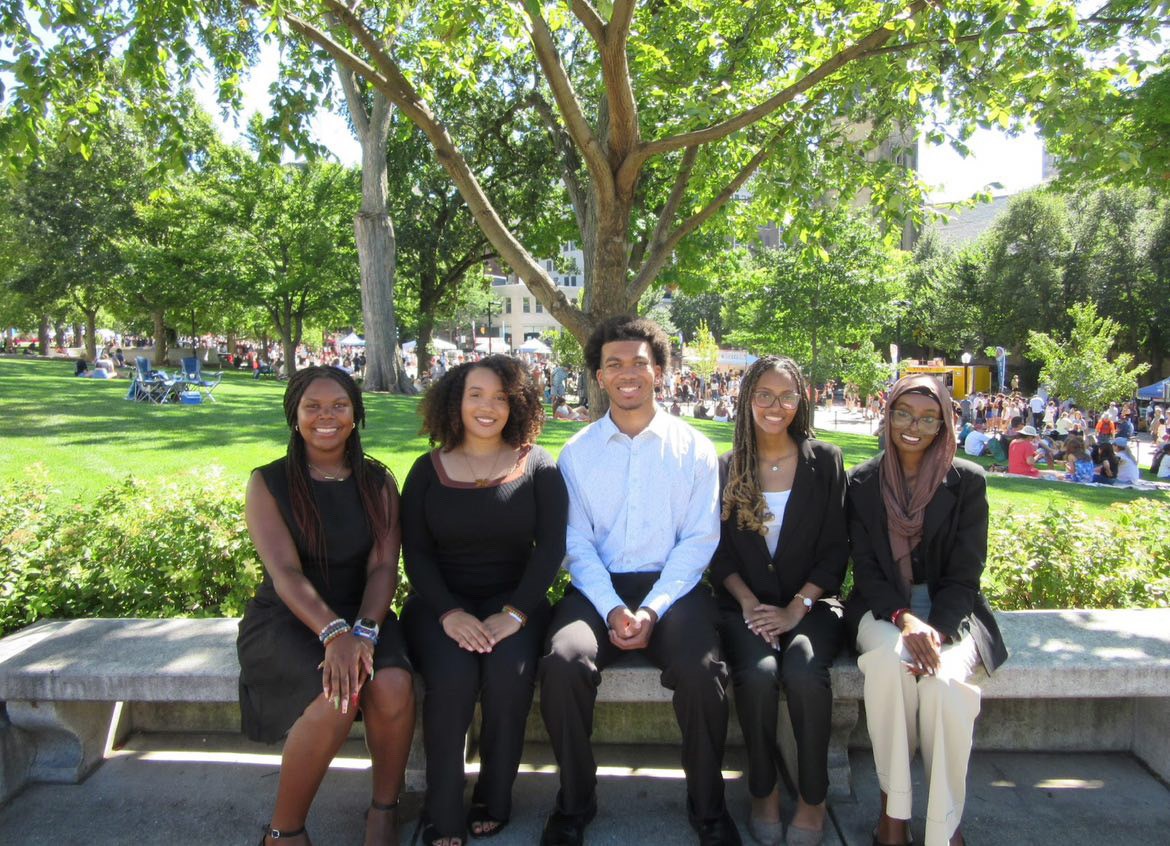
Maow, now a junior at UW-Madison pursuing a degree in psychology and family studies, has decided to take matters into her own hands.
This year, she launched the Black Psychology Student Association. Maow said she doesn’t see many people of color in her psychology classes, which can be intimidating.
“We work on things professionally, we work on things personally and we work on things academically, as well,” Maow said. “It’s kind of just like a safe space to be able to find resources and to find someone to talk to about your mental health.”
Wisconsin Public Radio, © Copyright 2025, Board of Regents of the University of Wisconsin System and Wisconsin Educational Communications Board.

